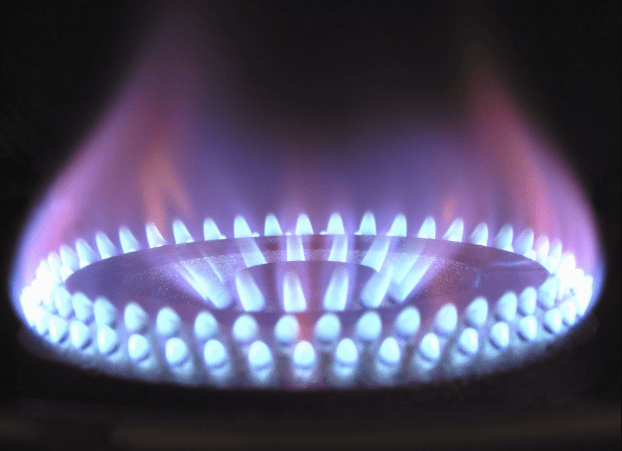In current times, it is the sole mission of parents, educators, and community leaders to promote energy consciousness in society. The objective is to deliver multi-sided education programs.
So if you are looking forward to teaching your children about the basics of natural gas and don’t know where to start, review the information below to deliver the following concepts of natural gas to your kids.
Learning About Natural Gas Can Be Fun

What Is Natural Gas?
The first lesson is to teach your kids about the basics of natural gas. They might wonder ‘how the glowing flames of a cooking stove work?’ They might have seen cooking shows at TV and observed that stoves use open flames or coiled burners that glow red.
With this, teach them that natural gas is a flammable gas, which primarily consists of methane. It also contains hydrocarbons and a small percentage of nitrogen, carbon dioxide, helium, or hydrogen sulfide. Tell them that open flames stoves make use of natural gas, and that can be extracted from the ground.
How Is Natural Gas Formed?
In the next lesson, you need to teach your kids how natural gas is formed under the ground. You must know that natural gas can also be found in the cracks of certain rocks like sandstone and shale. But mainly, natural gas is a fossil fuel, just like it is with coal and oil.
It is said that many years ago, animals and plants died under soil and rocks, which is usually known as sediment. Over the years, the sediment layers have become thicker.
The decomposition has been under a lot of pressure and heat, which turns into fossil fuels that we employ in our daily lives in the form of natural gas. Currently, many natural gas companies attempt to find trapped gas to supply it for residential, commercial, and industrial usage.
How Is Natural Gas Extracted?
In the third lesson, you need to teach your kids about the process through which natural gas is extracted and gets from the ground to places like your kitchen. Natural gas is colorless and odorless, which requires a lot of science to find and remove it from the ground.
Usually, it is buried deep, and geologists have to spend a lot of time to find a promising spot. They drill to check if there is any natural gas present. If it is located, drilling teams come to help. They use the latest technologies to extract the gas carefully.
This method is known as ‘hydraulic fracturing’ or ‘hydraulic fracking.’ As per this procedure, water, chemicals, and sand are forced into the ground to crack the rocks that contain gas. This concept is pretty easy to remember, as prefix ‘hydraulic’ means water, and suffix ‘fracturing’ means breaking.
So it is a process of forcefully using water to break specific rocks. The natural gas is free after the rocks are cracked, and then it is pumped out. Later, it is transported via a long series of pipes (pipeline).
What Are The Types & Uses Of Natural Gas?
Finally, in this lesson, you need to teach your kids that there are different types of natural gas. Typically, the types include methane, ethane, propane, pentane, and butane. These gases are then used for various residential and commercial reasons.
Mainly, natural gas is used for light, heat, cooking, water heaters, and generating electricity. Natural gas is a multipurpose compound.
Methane is used in day-to-day energy applications. It is typically used for furnaces, fireplaces, and water heaters. Ethane is used in product manufacturing like plastic, detergent, welding glass, anti-freeze, and refrigerant. Propane is also used for gas furnaces and water heaters.
Besides, it has some uses related to vehicles. Butane is used as automobile gas and for hand-held lighters. Isobutane is used in spray cans, freezers, air conditioning units, and refrigerators. Pentane is used for insulating heating pipes and producing polystyrene foam.
Indeed, there are some similarities between various types of gases, but every kind of natural gas is highly-versatile.

